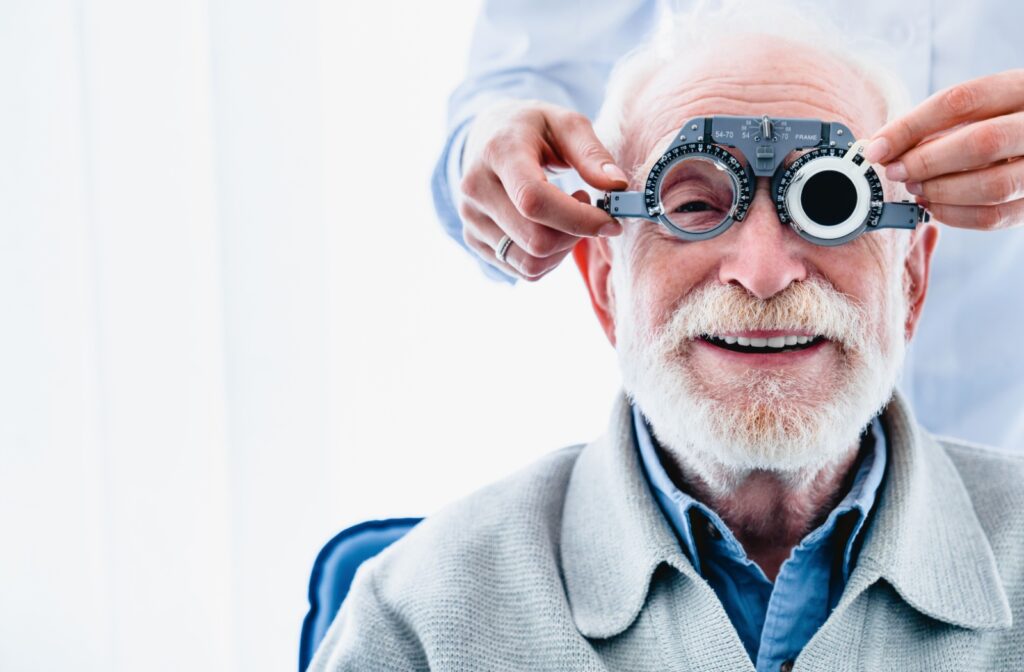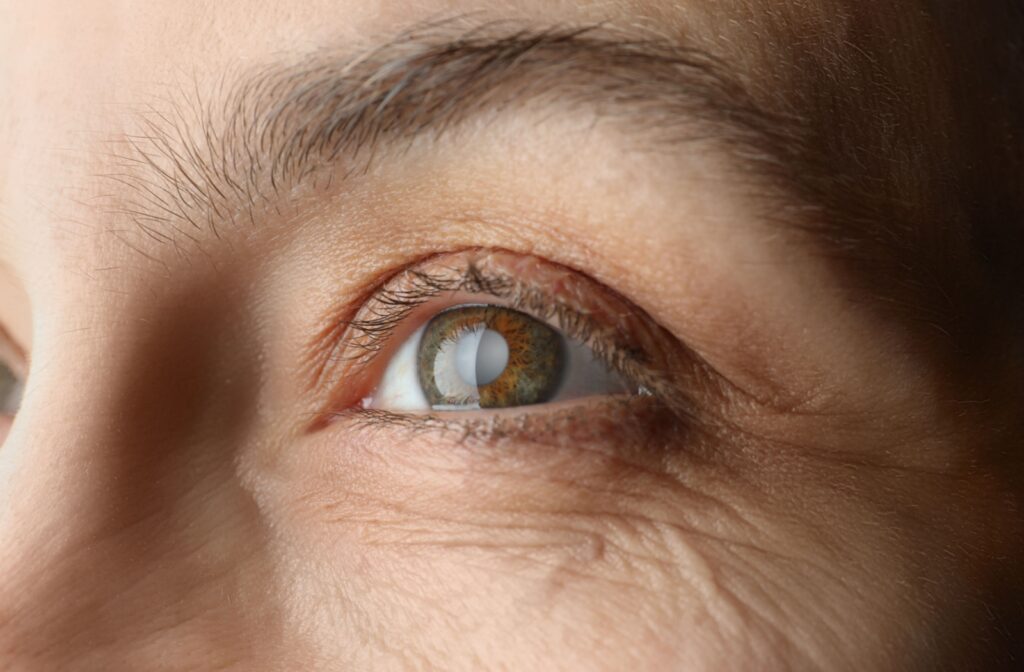Cataracts are a common part of the aging process, and nearly everyone will develop them to some degree if they live long enough. Most people begin to notice the effects of cataracts after age 60, although the condition can begin developing in your 40s or 50s. Understanding what cataracts are, when they typically appear, and how to recognize the signs can help you stay ahead of vision problems as you age.
What Are Cataracts?
A cataract is the clouding of the natural lens in your eye, which lies just behind the iris. This clouding affects how light passes through the lens and onto the retina, often resulting in blurry, dim, or distorted vision. Cataracts tend to develop slowly over time, making them difficult to detect in the early stages without a comprehensive eye exam.
Although age-related cataracts are most common, they can also occur due to injury, illness, or genetics. Conditions like diabetes, a history of smoking, or prolonged exposure to UV rays can speed up the development of cataracts, even in younger adults.
When Do Cataracts Typically Start?
Most cataracts begin forming in a person’s 40s or 50s, but symptoms may not become noticeable until after age 60. By the time people reach their 70s, cataracts are extremely common and often begin to interfere with daily life. While it’s possible for younger people to develop cataracts, especially due to trauma or underlying health conditions, age is by far the most significant risk factor.
Because cataracts can develop without noticeable symptoms at first, regular eye exams become increasingly important as you age. Your optometrist can detect subtle changes in your eye’s lens before they start to affect your vision.
Signs & Symptoms of Cataracts
Knowing the signs of cataracts can help you recognize them early. Symptoms may include:
- Blurry or cloudy vision: Objects may appear hazy or out of focus.
- Increased light sensitivity: Bright lights, especially headlights, may cause discomfort or glare.
- Halos around lights: You might notice glowing rings around lights at night.
- Faded or yellowed colors: Colours may seem dull or have a yellow tint.
- Poor night vision: Seeing in low light can become more difficult.
- Frequent prescription changes: You may find yourself needing new glasses more often than usual.
These changes often occur gradually, so they can be easy to overlook. If you notice any of these symptoms, schedule an eye exam to get a clearer picture of your eye health.
Who Is Most at Risk?
While age is the primary factor, several additional risks can make someone more likely to develop cataracts earlier or more severely:
- Family history of cataracts
- Smoking
- Excessive sun exposure without UV protection
- Chronic conditions like diabetes or hypertension
- Previous eye injuries or surgeries
- Long-term steroid use
Understanding your risk factors can help you take steps to delay the onset or slow the progression of cataracts.
How to Prevent or Delay Cataracts
Although cataracts are a natural part of aging, you can take steps to protect your eyes and potentially delay their development:
- Wear UV-blocking sunglasses: Protect your eyes from harmful ultraviolet light every time you go outside.
- Eat a healthy, antioxidant-rich diet: Leafy greens, colourful fruits, and fish rich in omega-3s can support long-term eye health.
- Quit smoking: Smoking increases oxidative stress, which can damage the eye’s lens.
- Control underlying conditions: Managing diabetes and other health issues can help lower your risk.
- Get regular eye exams: Routine checkups are key to early detection and monitoring of cataract progression.
Preventive measures won’t eliminate the risk of cataracts entirely, but they can help keep your eyes healthier longer.
Cataract Treatment Options
In the early stages, cataracts may not significantly interfere with daily life, and non-surgical solutions like updated glasses or anti-glare lenses may be enough. However, as cataracts progress, surgery is typically the most effective treatment.
Cataract surgery is a common and safe outpatient procedure where the clouded natural lens is replaced with a clear artificial lens called an intraocular lens (IOL). Some modern IOLs can also correct refractive errors, reducing your need for glasses.
Benefits of Cataract Surgery
- Restored clear vision
- Quick recovery times
- Reduced glare and improved night vision
- Enhanced quality of life
Most people report dramatic improvements in their vision and daily function after the procedure.

When Should You Consider Cataract Surgery?
Cataract surgery isn’t always needed right away. You and your optometrist will work together to decide when surgery is appropriate based on your symptoms and lifestyle. If blurry or distorted vision starts to affect your ability to drive, read, or enjoy activities you love, it might be time to explore surgical options.
Your optometrist will also assess your eye health and rule out other possible causes of vision changes, ensuring cataract surgery is the right choice for your situation.
Don’t Wait for Cataracts to Cloud Your Vision
While cataracts are common with age, staying informed and proactive can help you maintain better vision for longer. Regular eye exams are your first line of defense in detecting cataracts early and preserving your sight.
At Total Vision Novato, we’re here to guide you through every stage of your eye health journey, from prevention and early detection to personalized treatment plans. If you’re concerned about cataracts or experiencing changes in your vision, request an appointment today and let us help you see clearly at every age.




